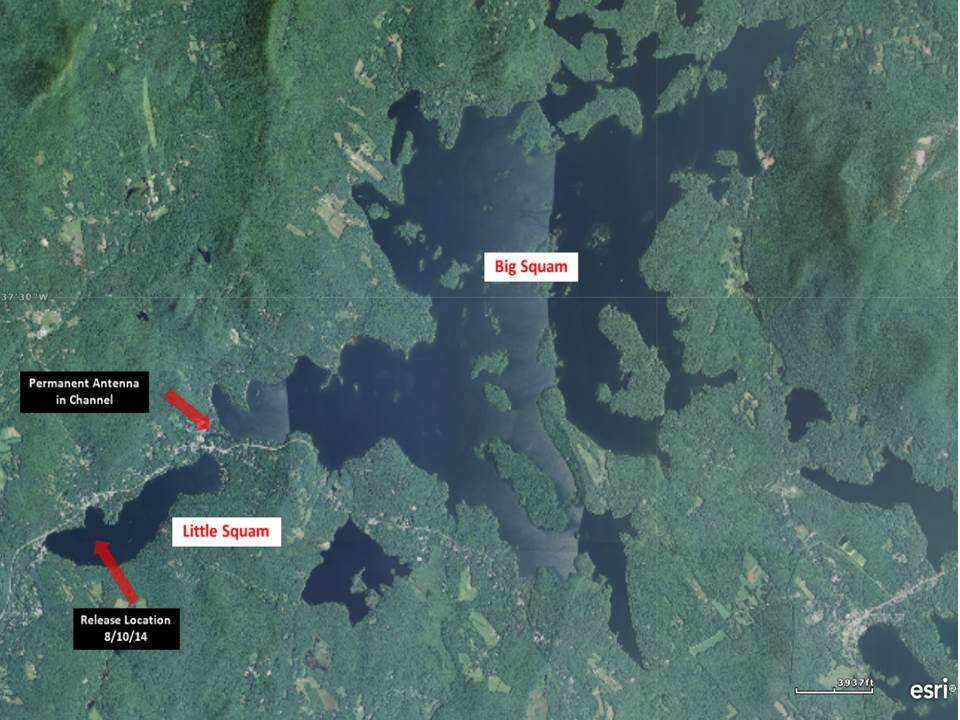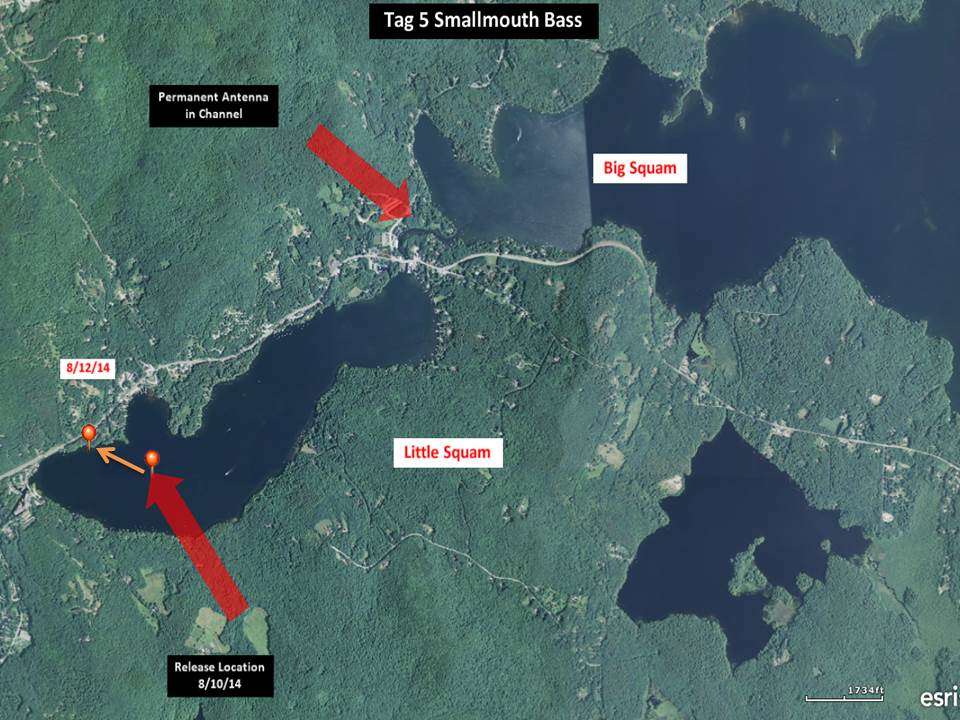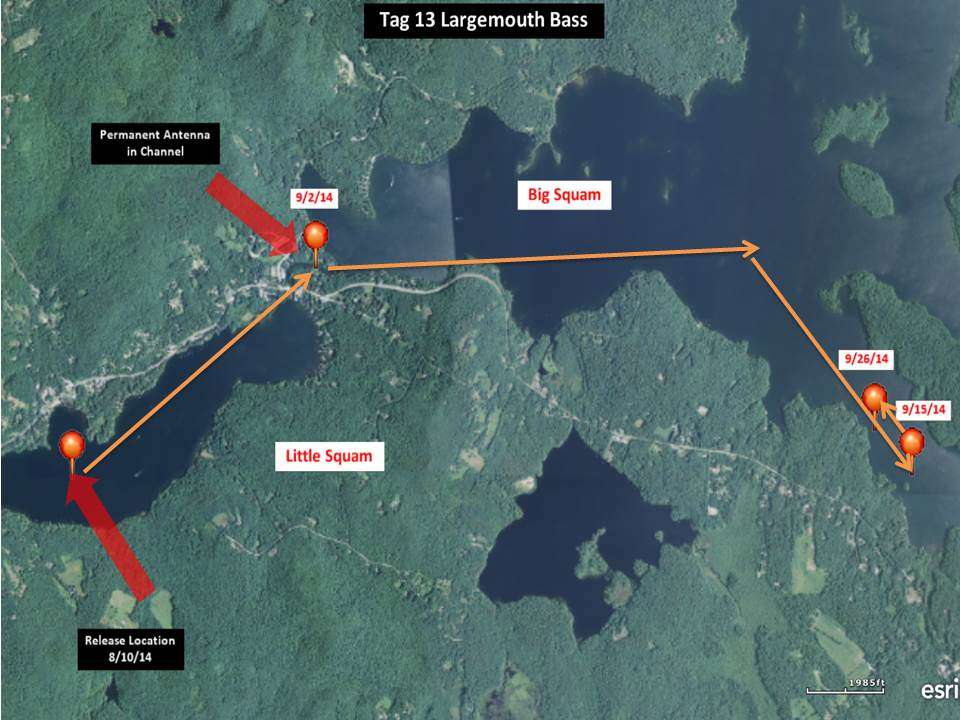










Please enter your details.
We cannot find an active B.A.S.S. Membership for the information you have provided. Please renew your membership here.We cannot find an active B.A.S.S. Membership for the information you have provided. Please try again.Scheduled maintenance. We'll be back shortly. If you continue to have trouble please contact customer service at 877-BASS-USA.
In summer 2014, fisheries biologists tagged bass caught in a tournament to see if the bass released near the weigh-in site would make it back to the main lake on their own.









